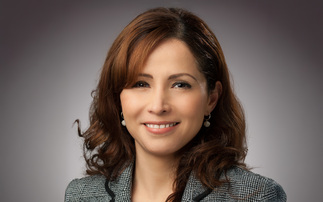
There are two key types of climate risk that must be considered by investors: transition risk, which includes the risk posed by increasing climate regulation and reporting standards globally, and the physical risks from climate change, such as wildfires and floods.
Having a proprietary analytical framework and scoring methodology to measure these risks is particularly important for fixed income investors, according to Samuel Mary, ESG research analyst at PIMCO. "Many ESG-related ratings are developed for equities, so it is extremely important for us as a fixed income manager to have a proprietary methodology that is looking at ESG characteristics," he says.
"We have been developing certain tools that are evaluating not only the current carbon emissions associated with a portfolio, but the glide pathway for future portfolio carbon emissions or exposure to green bonds that will be bringing down carbon emissions, consistent with the Paris Agreement 1.5-degree objective."
Ketish Pothalingam, portfolio manager and member of PIMCO's ESG team, adds that "a label doesn't confirm virtue". PIMCO's proprietary methodology allows it to "say ‘no' to many labelled bonds, since a label doesn't necessarily mean it is aligned with ESG goals", he explains.
As a result, the team does not simply invest in green or sustainability-labelled bonds; the approach is multi-faceted and includes identifying climate leaders in each sector and regular engagement to ensure the issuer is on track to achieve its climate commitments within the set timeframe.
Crucially, these metrics must be forward-looking to spot the "winners" of the transition to a net zero carbon economy.
To read the full article, click to access your exclusive Spotlight guide and learn more about sustainable fixed income
This article is funded by Pimco














